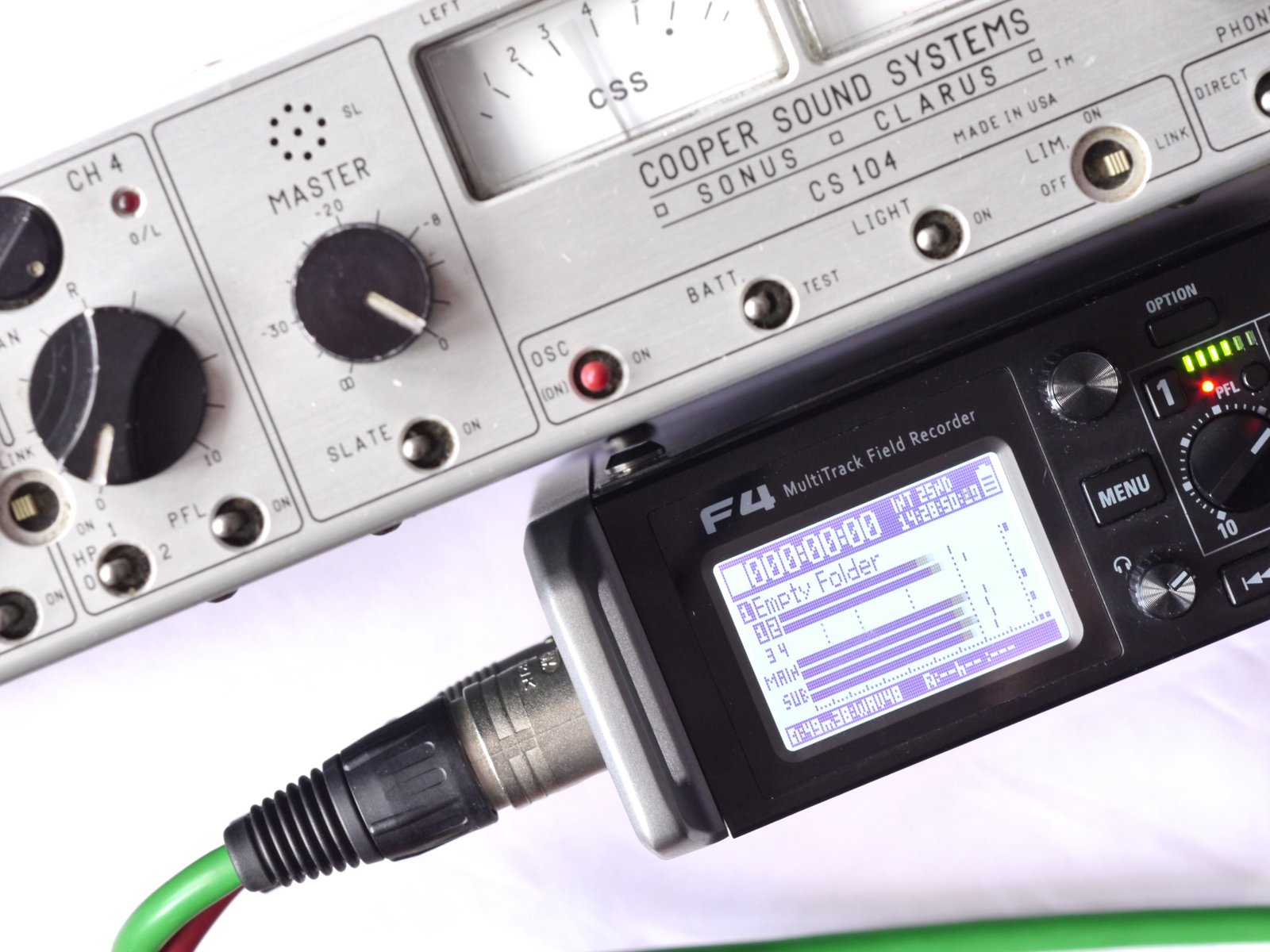In the beginning was Sadie 2.04. Well nearly Sonic on a Mac and Sunrise on the Amiga came first for me, but let’s start in PC world. In those days Sadie like pretty much everyone else was running on a plug in DSP card. In fact two, there was the XS card that hosted the DSP power and the X-ACT card that looked after the audio interfaces. Both these were full length ISA cards, so you needed a big machine, but then all machines were big back in 1994! On top of those bad boys you also needed a scsi drive connected directly to the Sadie SCSI buss. That’s right, you didn’t record to the PC’s drive, hell no, your DAW needed the undivided attention of it’s own drive. In fact people used to joke that the only thing that Sadie needed the windows PC for was to stop the cards falling over!

Back then the Sadie software was a strange mix of the limited, so no waveforms in the playlist window, and the killer. The Sadie trim window was and is a work of genius. Work the edit, move the clip, move the fade, lock the fades and move both of them, audition the ‘out takes’, scrub the in point, hold the Ctrl key down and spool/scrub to the next edit. Hollywood editing.
It just was the greatest editing interface on the planet, well certainly the small of the planet I was living in. It wasn’t perfect – I remember a colleague bemoaning the lack of very long preroll times to reahearse edits for classical music – something that Sonic could do. But I remember banging on to SEKD, who at the time were fronting Samplitude – ‘you have to put a crossfade editor in there.’
And so they did, though by then SEK’D had been replaced by Magix and I had moved on to Sequoia.I’ve been with it a long time, I definitely remember version 6 and now I’m on version 12 and 13 is in the shops. I still feel more at home in the Sadie Trim window even after all these years but Sequoia has the power to deliver the complex fades and exact positioning of clips and fade boundaries that you need if you are going to do editing fast.
We will look at this i n more detail in the next post but is isn’t that you can’t do the edit in a DAW with only range editing, you probably can. It is the time required that grows exponentially with the complexity of your editing task.
n more detail in the next post but is isn’t that you can’t do the edit in a DAW with only range editing, you probably can. It is the time required that grows exponentially with the complexity of your editing task.
And it is the cross fade editor issue that made me shy away from Pro Tools as an editor for many of those years between 1994 and 2015. Well that and all that historic rendering fades stuff, uncool.
In fact knowing so little about Pro Tools I should get an education, if someone has the history of PT crossfade editing, I’d like to know!
In 2015 things look a little different, gone are the DSP cards (well mostly) – Sadie still has a humungus CF editor, Sequoia’s is good, Pyramix has one but I’m not up to date with Merging stuff since version 7, but it was pretty good back then. Nuendo, has very powerful curve and position options in its fade editor. Can you scrub the clips though? Does it give you that ability to effectively move the input (or the outpoint of the fade? Sorry I’m behind the times with Nuendo.
Cubase 8 allows lots of subtle control over the fade shapes and durations but it isn’t a full blooded trim editor. Reaper doesn’t seem to have a full trim editor and Digital Performer and Presonus Studio One – I can only guess at. However my point is about editing models and so next time we’ll come to the thorny question of why range editing just isn’t enough. Oh, and if I’m lucky my new Sadie hardware controllers will have arrived. I can hardly wait.
